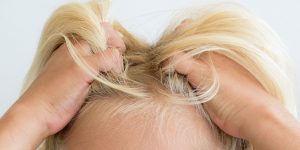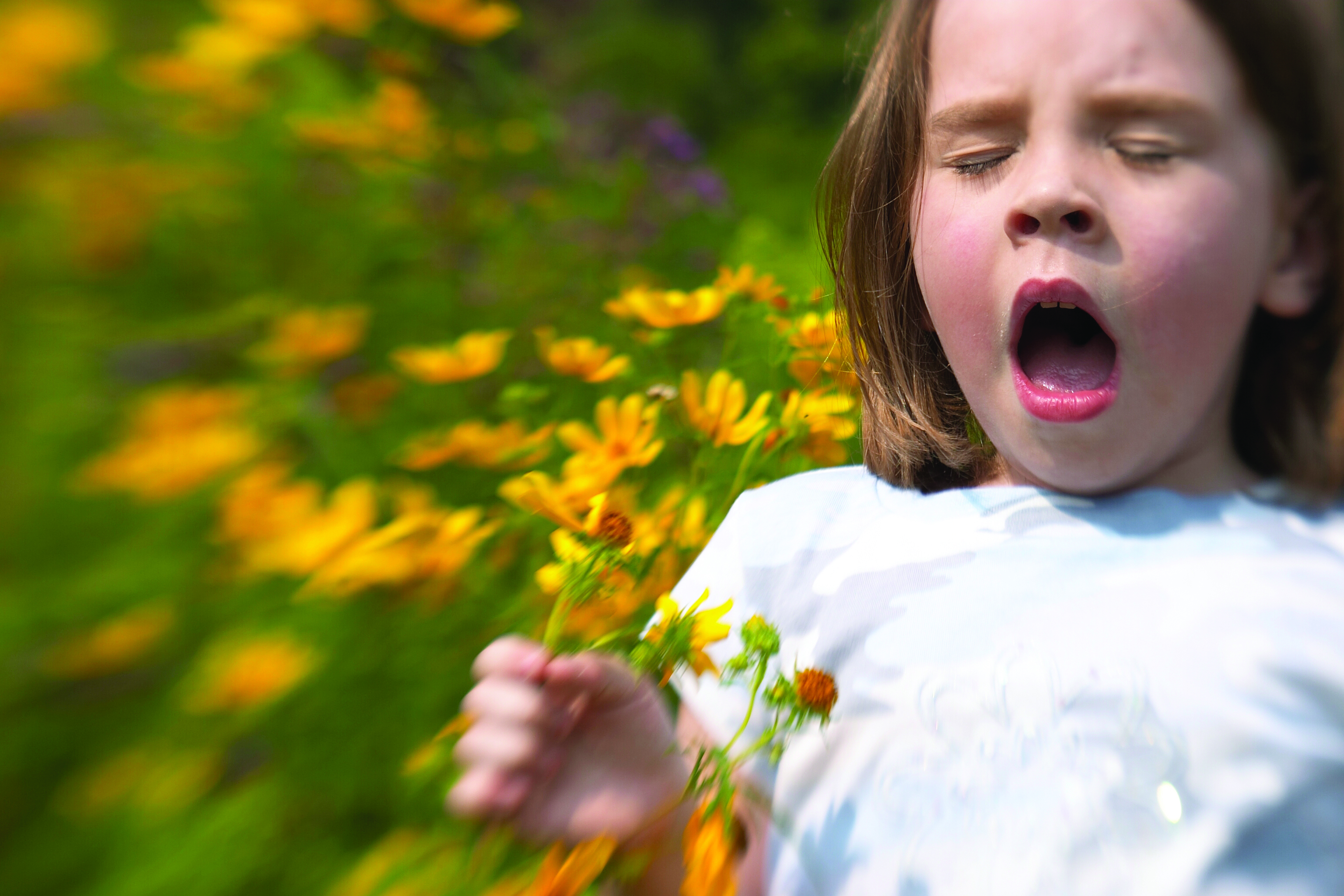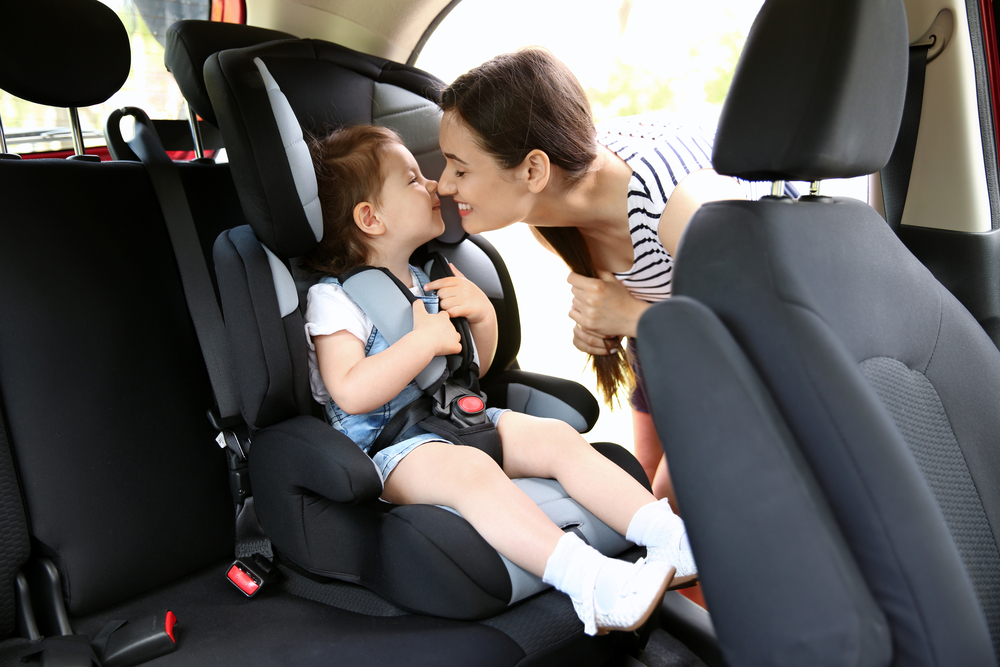Busting the myths around head lice for Bug Busting Day

With the school year in full swing and the cold nights drawing in, we’re set to see the return of a not-so-welcome visitor. Head lice come back with a vengeance each and every year. This cause havoc with families across the country, so it’s essential to be prepared for that eventuality.
Over time, the myths about ‘nits’, as most people refer to them, have become more and more obscure. Nowadays, parents are told all sorts of stories about the nasties. Whilst some of them might have a strain of truth, not all of them do. David Mathie, General Manager of Aussie hair salon Just Cuts, dispels some of the myths that are associated with head lice.
“When I was at school, head lice were a huge concern. But growing up, it’s clear that they’re actually not that significant, yet they are still at the top of everyone’s fears. This is probably partly due to the misconceptions about lice – how they behave, how they’re spread and how they’re treated. Although they’re a nuisance, there really isn’t that much to worry about.”
Here, David mentions four widespread beliefs and discusses the truth behind them.
-
Lice prefer dirty hair.
Truth: Contrary to popular opinion, having lice doesn’t signify poor hygiene. In fact, they are just as likely to make a home in freshly shampooed hair. They’re not fussy about the head that they live on; they just love a warm nest of hair.
-
Lice spread by jumping or flying.
Truth: They don’t jump or fly. In fact, they crawl everywhere. And very quickly at that. Their legs have adapted to crawling and, once they’re on a child’s head, the little critters tend to hang on tightly due to their hook-like claws. For that reason, they’re typically transmitted by head-to-head contact between two people.
-
Head lice are extremely contagious and children who have them should be isolated.
Truth: Since head lice cannot jump from one person to another, transmission can be prevented by taking precautions such as not sharing personal items and avoiding close contact. Isolation of a child who has head lice, or keeping them out of school, is not necessary.
-
To kill lice, you must put all your child’s belongings in plastic bags and in the freezer.
Truth: This was one of the recommendations years ago, but it’s understood today that lice can’t survive very long away from a host. The best way to handle a lice infestation is to hoover any items and areas you think your child may have rested their head on, wash their linens and towels with hot water and put them in a hot dryer to kill the lice and eggs.
Now you’ve learnt about the common misconceptions of head lice, David lists an easy step-by-step guide to treating them:
- Use a de-lousing shampoo to treat the scalp – a number of over-the-counter options are available
- Repeat the treatment several days after the application and check the scalp 8-12 hours afterwards
- Remove nits with a comb – begin by combing at the crown, working down to the neck and one side of the head, before repeating on the opposite side
- Wash and clean any places that have been exposed to your child – hoover carpets; wash linen and soft furnishings; wash scarves, hats and any other clothing that comes into direct contact with the head.
David adds, “It might feel time-consuming and frustrating to wash so many different items and potentially have to go through the process more than once, but preparation now can save more time in the following weeks. With the common myths busted, it’s time to turn your attention to busting those bugs.”
Just Cuts Stylists are specialists in cutting children’s hair. To find out more about their expertise, and to discover a salon near you, visit: www.justcuts.co.uk


